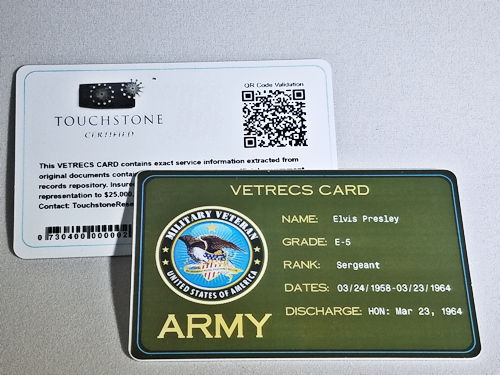Do you need a veterans ID card?
If you are retiring or separating from military service, you have the option of applying for a variety of different veteran-designated picture identification cards.
Some are issued to military retirees only and can give you access to military bases. Others are offered by state and federal agencies.
However, while you may be granted access, discounts or other privileges, some ID cards are not an approved identification or authorization and cannot be used to enter military installations.
Veterans ID cards may also be convenient, helping verify your military status. While you may carry a copy of your U.S. Department of Defense DD Form 214 Report of Discharge, that by itself does not establish identity unless you have an accompanying photo ID.
The federal Veterans Identification Act of 2015 enabled veterans to
apply for veteran ID cards directly from the U.S. Department of Veterans Affairs.
The VA offers qualifying applicants a veterans ID card (VIC), which is different from the VA veteran health identification card (VHIC), U.S. Department of Defense uniformed services ID cards or a military retiree card.
You can’t use a VA identification card as proof of eligibility for federal benefits, and it won’t give you access to military installations.
You may be eligible to apply for a veteran identification card if you meet the requirements:
When applying, you need to supply your DD Form 214 discharge paperwork or equivalent.
In most states, Washington, D.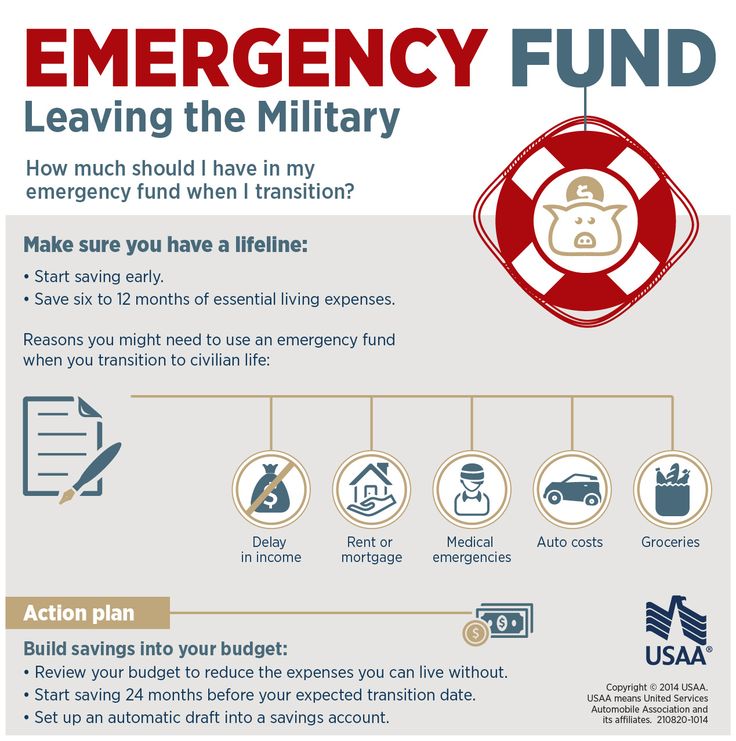 C., and Puerto Rico, you have the option of displaying veteran status on your state-issued driver’s licenses and ID cards..
C., and Puerto Rico, you have the option of displaying veteran status on your state-issued driver’s licenses and ID cards..
In most cases, proof of military service is required and you contact your state’s department or bureau of motor vehicles or equivalent to learn what the requirements and procedures are.
Some states may require a copy of DD Form 214, and many require supporting documentation.
Costs vary.. Fees may be waived if you were awarded a Purple Heart. Some states offer a free initial card with fees for renewal when it expires. More information on veterans’ ID cards provided by states can be found here.
If you reside in a state that currently offers veterans designation on a driver’s license or ID card, this is the easiest and best option that government agencies and businesses accept.
States require varied proof of veteran’s status. Check with your state’s bureau or department of motor vehicles or equivalent for more details.;
While many states only need your DD Form 214, some states require additional documentation.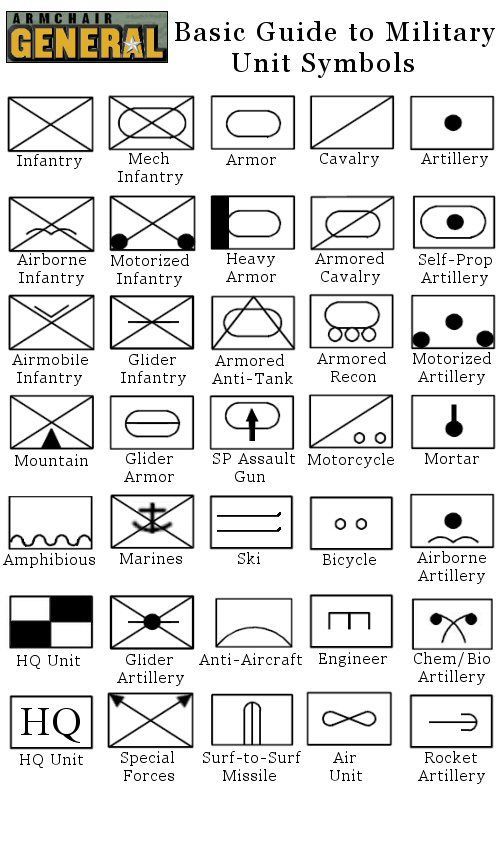 Costs can range, although the designation is free in some states. More information on veterans’ IDs provided by states can be found here.
Costs can range, although the designation is free in some states. More information on veterans’ IDs provided by states can be found here.
In addition to offering veteran’s designation on licenses and ID cards, some states have separate veteran’s ID cards available through the bureau or department of motor vehicles or equivalent.
Access and print a free veteran’s proof of honorable service status letter through eBenefits, the VA/DoD web portal.
Some counties offer veteran ID cards. In addition, New York City offers a veteran’s designation on its city-issued ID cards. As with many such IDs, these cards cannot be used to access military bases or VA services. However, they are good for getting military discounts at businesses, parks and other attractions.
The DoD is transitioning its ID system to the Next Generation Uniformed Services ID (USID) card.
Introduced July 31, 2020, the Next Gen USID Card updates security features to prevent counterfeiting and identity theft, and DoD is gradually phasing them in with a January 2026 target date for completing the transition. The cards are issued to retired military members, Reservists, dependents and other eligible individuals in accordance with DoD policy.
All current DoD ID cards remain valid until their expiration dates.The U.S. Department of Defense/Uniformed ServicesSponsor Identification and Privilege Card will also transition to the Next Generation USIDs. These are intended for:
The Next GEN USID cards replace other ID cards, including:
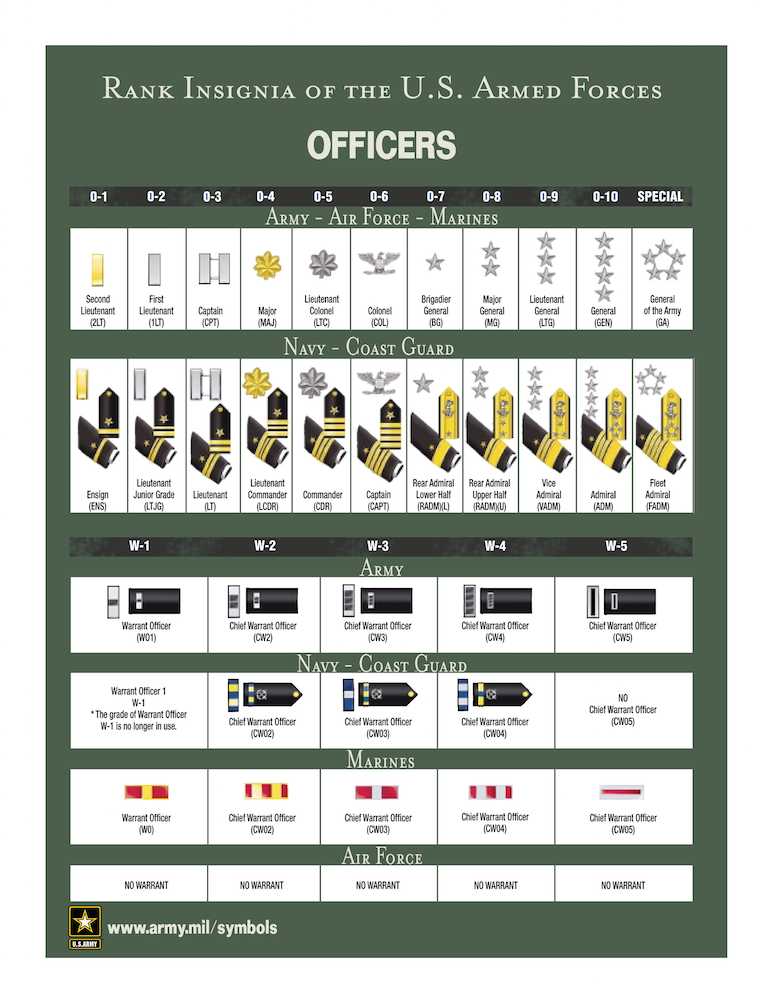 There are two types of ID cards issued to retirees: DD Form 2A (Ret-Red) ID cards are issued to gray-area retirees (those who are not yet eligible for retirement pay), and DD Form 2 (Ret-Blue) ID cards, issued to retirees receiving retirement pay.
There are two types of ID cards issued to retirees: DD Form 2A (Ret-Red) ID cards are issued to gray-area retirees (those who are not yet eligible for retirement pay), and DD Form 2 (Ret-Blue) ID cards, issued to retirees receiving retirement pay.Enrollees in VA health care obtain a Veteran Health Identification Card (VHIC) used for appointment check-ins at tVA medical centers.
While some prefer to use the card for discounts offered to veterans, its primary purpose is for health care. Veterans may qualify if they meet one of the following criteria:
Veterans may qualify if they meet one of the following criteria:
They may also qualify based on the location of their service. This is not a comprehensive list, and veterans should check with VA to see if they qualify.
Many veterans service organizations provide ID cards, including Veterans of Foreign Wars (VFW) and the American Legion. While these are not government-issued IDs, many businesses accept the cards as proof of military service.
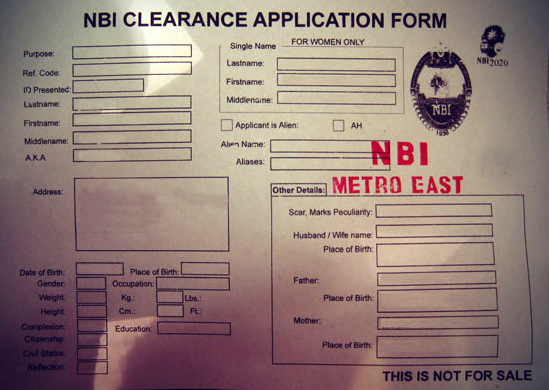 Many government agencies and businesses accept these documents accompanied with photo ID to certify military service.
Many government agencies and businesses accept these documents accompanied with photo ID to certify military service.A military ID card or dependent ID is a valuable card that can unlock a variety of valuable benefits, such as health care through TRICARE, education benefits, and access to base facilities, including the commissary, base exchange, MWR centers and other support agencies.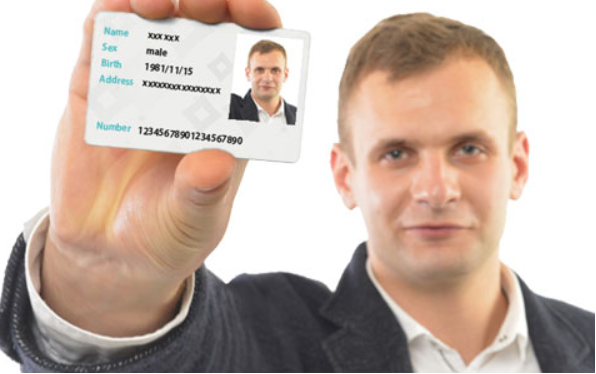
Unfortunately, getting a military ID card isn’t always as easy as waltzing onto your local military installation and requesting one. Only certain individuals are eligible to receive a military ID card or dependent ID card. We’ll cover those details and more in the article.
What about a veteran ID card?
Great question. There are veteran ID cards that can also be used to unlock certain veterans benefits, gain base access for certain activities and more.
In this article, we will cover information about some of the forms of military ID that are available, who is eligible to receive one and alternative forms of identification to prove military service if you are a military veteran who is not eligible for a military ID card.
Note: In general, you must be in the DEERS system to receive a new military ID card. This includes the servicemember (sponsor) and eligible dependents (who must be entered into DEERS by the sponsor).
You are usually eligible to receive a military ID if you are currently serving in the military (active duty, Guard, Reserve, or Inactive Ready Reserve), or you are a military retiree. Qualified dependents are eligible for dependent ID cards as well.
Finally, certain veterans are eligible for a military ID card if they are a Medal of Honor recipient, have a 100% disability rating, or in certain other limited circumstances.
Here are some general rules regarding military ID card eligibility. Check with your local issuing base personnel office for more specific information.
Active Duty ID card.
Guard/Reserve military ID card.
Retiree military ID card.
 Medically retired servicemembers may also be eligible.
Medically retired servicemembers may also be eligible.Former military / no longer serving, not retired.
Military dependent ID card.

Veterans ID card.
More types of Uniformed Services ID Cards.
For more information about where to go, contact your local base personnel office, or visit the Rapids Site Locator (RSL) for ID card requirements and to locate the nearest ID Card Facility/RAPIDS Station based on city, zip, state or country. Here is a RAPIDS Appointment Scheduler user guide to help navigate the site and set up your ID card appointment.
Applicants are required to provide at least two original forms of identification from the lists below. The ID must be current and not expired. At least one of the forms of ID must be from the primary identity source document list.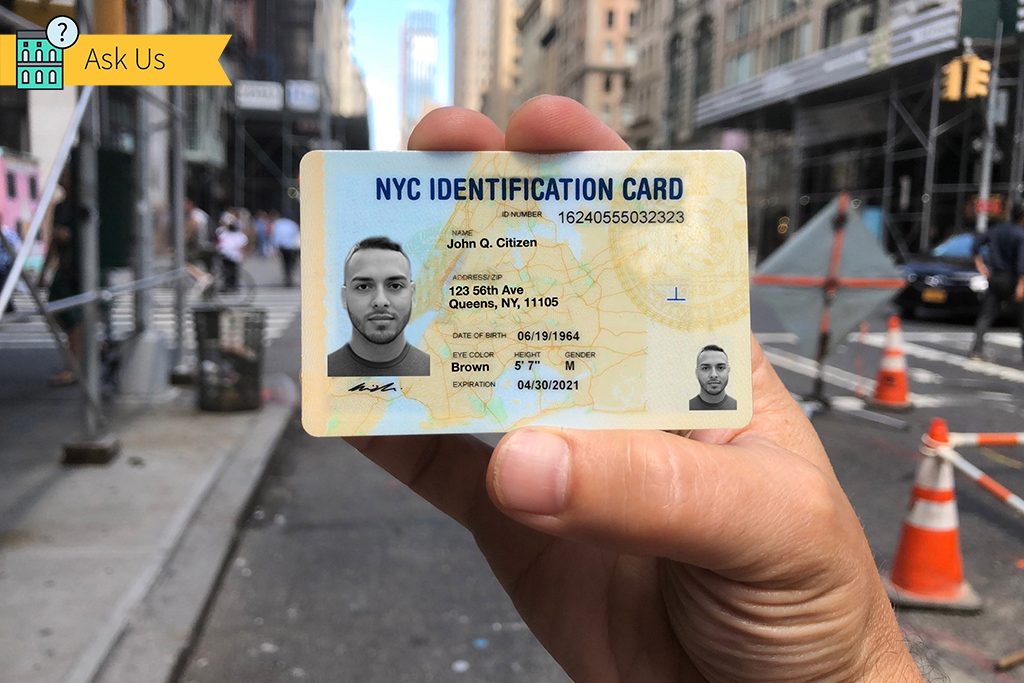 You can use one form of ID from the Secondary Identity Source Document List. The member must have proof of name change if their name has changed.
You can use one form of ID from the Secondary Identity Source Document List. The member must have proof of name change if their name has changed.
These lists apply to military ID cards, retiree ID cards, and dependent ID cards.
The secondary identity source document may be a form of ID from the list above, provided it is not the same type. For example, you cannot use two different passports from two different countries as your form of ID.
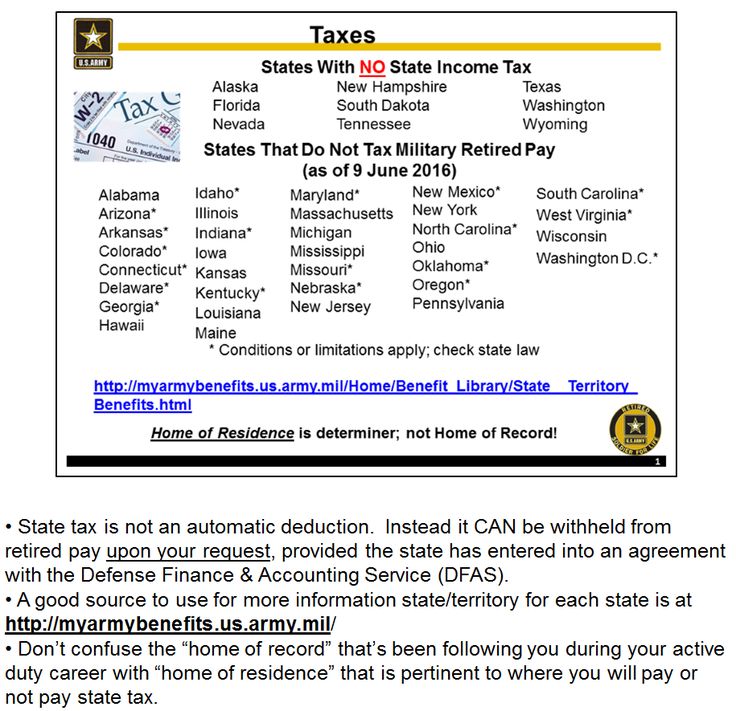 S. Coast Guard Merchant Mariner Card
S. Coast Guard Merchant Mariner CardMilitary ID cards include the member’s name, affiliation (uniformed services), agency/department (branch of service), expiration date, rank, date of birth, DoD ID number, benefits number, and additional information found in the bar code, chip, and/or magnetic strip.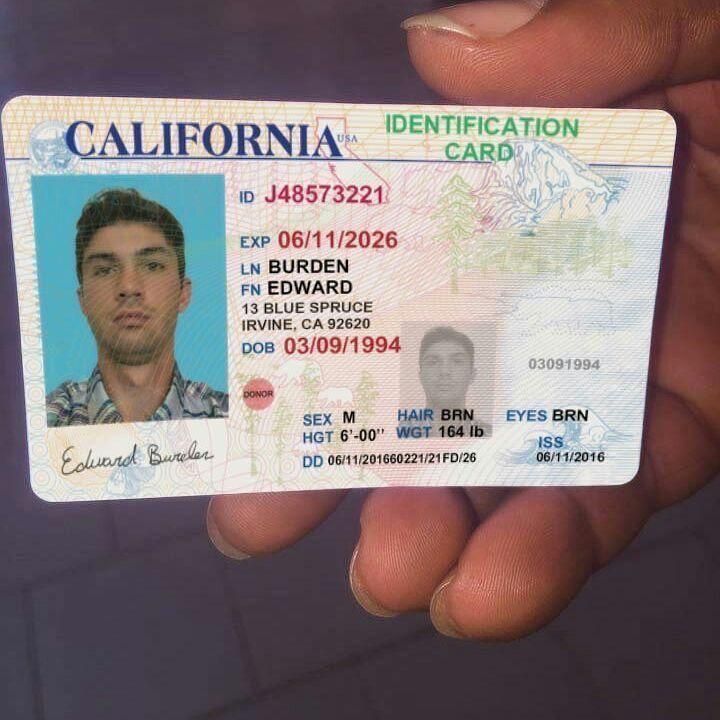
The DoD phased out the use of social security numbers on military ID cards and retiree ID cards starting in 2009. The DoD ID number is now the primary identifier.
One of the most common questions we receive comes from veterans who are looking to get a veteran ID card that proves their military service.
There are many reasons why proof of military service can come in handy – including securing veterans benefits, proof of service for military discounts, or for personal records.
Thankfully, the VA offers two types of veterans ID cards, one for members with a service-connected disability rating, and a general veterans ID card for those who do not have a disability rating. The U.S. government created the Veterans Identification Card Act 2015 which authorizes the VA to issue veteran ID cards to all veterans with an honorable discharge. The VA began issuing these cards in November 2017.
There are two types of veteran ID cards issued by the VA.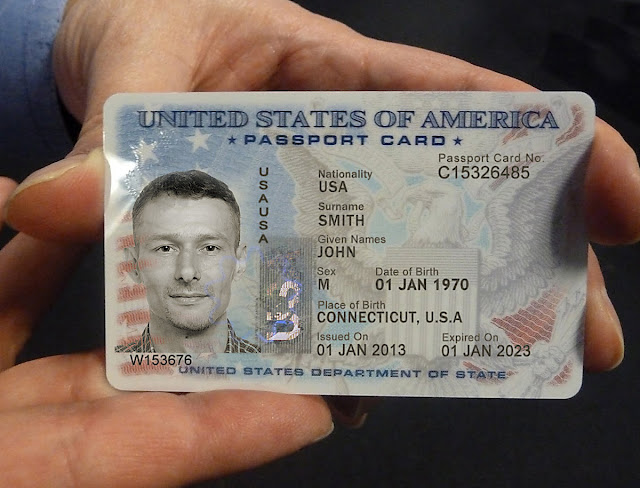 The veteran ID card (VIC) and the ID card are used for health care services.
The veteran ID card (VIC) and the ID card are used for health care services.
The VA began issuing official DoD-issued military veteran ID cards to veterans with an honorable discharge starting November 2017.
Please note these veteran ID cards are not military ID cards. They simply show you served honorably in the U.S. Military, and will not function to provide military benefits, base access, or other veterans’ benefits. If you served in the military and have since separated from, but didn’t retire from the military, you may not be eligible for a military ID card.
Veterans must have an honorable discharge to be eligible for this new Veterans ID card. Learn more about how to upgrade your military discharge characterization.
The VA also issues veteran health identification cards for veterans who are in the VA medical system.
Many veterans believe they need to be receiving service-connected disability benefits in order to be eligible for VA health care benefits. This is not the case. All veterans are potentially eligible, based on different criteria, including when and where they served, whether or not they have a service-connected health condition, if they were discharged for medical reasons, served in a war zone, recently returned from an overseas deployment, or other conditions. Each situation is unique and each veteran should contact the VA to determine their eligibility status.
This is not the case. All veterans are potentially eligible, based on different criteria, including when and where they served, whether or not they have a service-connected health condition, if they were discharged for medical reasons, served in a war zone, recently returned from an overseas deployment, or other conditions. Each situation is unique and each veteran should contact the VA to determine their eligibility status.
Update: Beginning on January 1, 2020, veterans with a VA Health Identification Card are eligible to access military installations to use the Base Exchange, Commissary, and certain MWR activities.
A military ID card is an official way to prove your military affiliation. But some people prefer not to pull their ID card out in public. And of course, many veterans wish to show proof of service but are no longer eligible for a military ID Card. In those cases, you need a different way to prove your military service.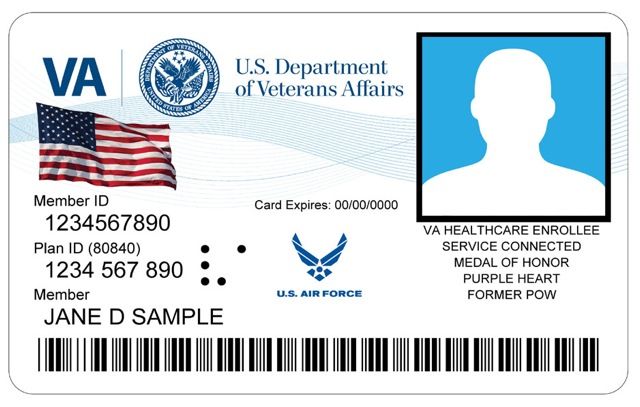
The easiest way to prove your military service without one of the above ID cards is with a DD Form 214, which is the document that serves as your service record. This is issued to all military members when they separate from military service (the military used to issue a wallet-sized DD Form 214, but so far as I know, this is no longer the case).
Unfortunately, carrying around a letter-size document is inconvenient. One tip we have received from many veterans is to take your DD Form 214 to an office supply store such as Office Depot, Office Max, Fed-Ex/Kinkos, etc., and ask them to shrink the card to a wallet-size version and have it laminated. This will give you a wallet-sized document that will prove your service.
Note: Your DD Form 214 is one of the most important documents you will receive, so keep good care of it! Here are more details on the DD Form 214, including how to get a new DD 214.
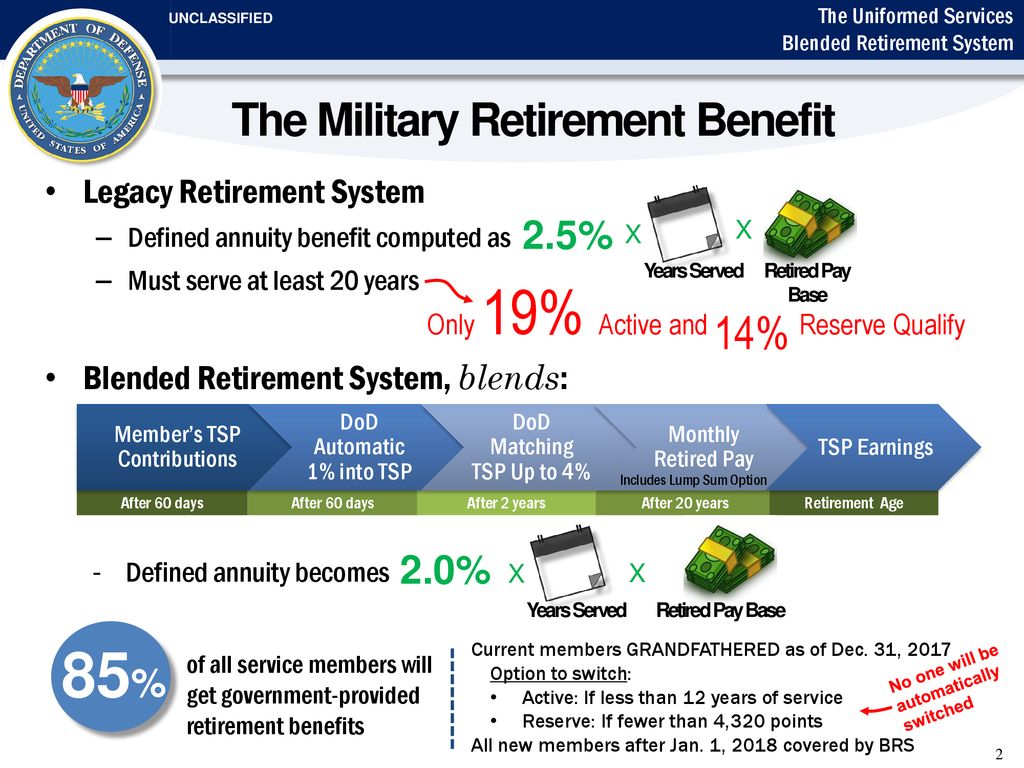
If you do not have access to the above veterans ID card options, you may still be able to prove your military service in other ways.
Unfortunately, a DD Form 214 isn’t a photo ID, it is simply a document. Thankfully there are many other ways to prove your military service.
If you are looking for a photo ID or other wallet-sized ID to prove your military service, then these may be good options for you:
State Driver’s License or ID Card.
State or County Veterans ID Card program.
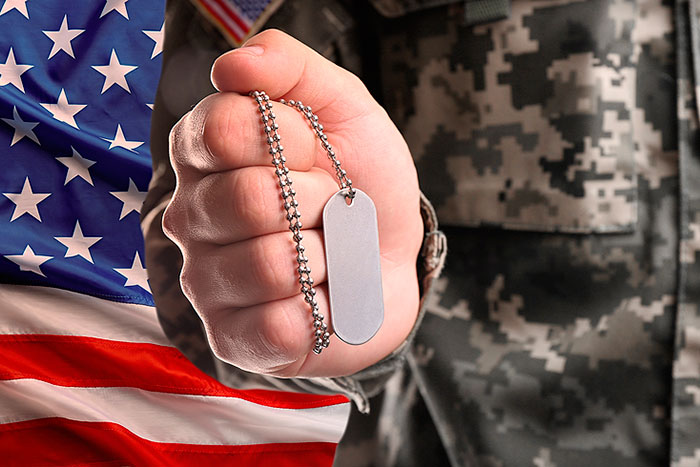 These aren’t “official US or state government IDs,” but they may be valuable in the local community, as many restaurants and retailers will extend discounts as a “thanks for your service.” These cards may also be good for local or county benefits programs, but these vary by locale.
These aren’t “official US or state government IDs,” but they may be valuable in the local community, as many restaurants and retailers will extend discounts as a “thanks for your service.” These cards may also be good for local or county benefits programs, but these vary by locale.Veterans Service Organization Membership Card.
Do you know of any other forms of ID that can be used to prove military service? If so, please contact us. We will add it to the list.
VA ID Card photo source: WikiMedia Commons
Ryan Guina is The Military Wallet’s founder. He is a writer, small business owner, and entrepreneur. He served over six years on active duty in the USAF and is a current member of the Illinois Air National Guard.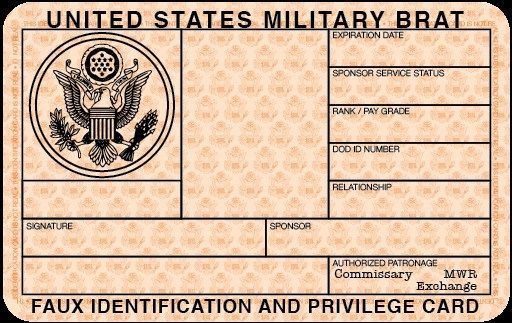
Ryan started The Military Wallet in 2007 after separating from active duty military service and has been writing about financial, small business, and military benefits topics since then.
Featured In: Ryan’s writing has been featured in the following publications: Forbes, Military.com, US News & World Report, Yahoo Finance, Reserve & National Guard Magazine (print and online editions), Military Influencer Magazine, Cash Money Life, The Military Guide, USAA, Go Banking Rates, and many other publications.
See author's posts
The editor of the gosuslugi.ru portal Sasha Volkova told how to escape from routine and solve bureaucratic issues with ease:
« on the fridge and forget. The mere sight of government forms makes me cringe: if such a letter is opened, it turns out that you need to go somewhere, sit in line, fill out some papers.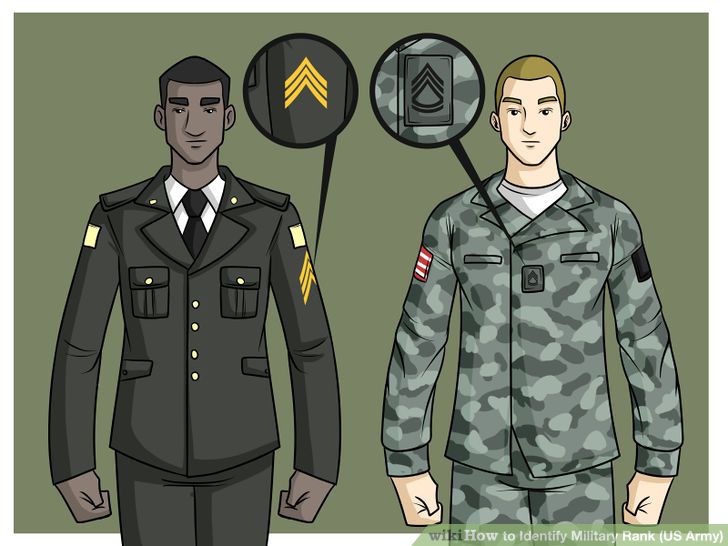 Because of this phobia, the most elementary procedures become unbearably difficult for me.
Because of this phobia, the most elementary procedures become unbearably difficult for me.
There is no person in the world more helpless in the bureaucracy than I am. Therefore, instead of ramming my forehead into ministries and departments, I learned how to do it in roundabout ways. We got advice for those who, like me, do not like pieces of paper.
1. Create an account on the public services portal
Usually, in order to draw up a document, you come to the department at least twice: you submit an application, and then you receive a finished document. With the public services portal, the path is shortened: you submit an electronic application, and you come to the department only once.
You won't have to go to many services at all. For example, you can pay traffic police fines on the website or in the mobile application of public services. It is clear that fines can be paid in any Internet bank or third-party service. But sometimes they don't send the payment information to the database.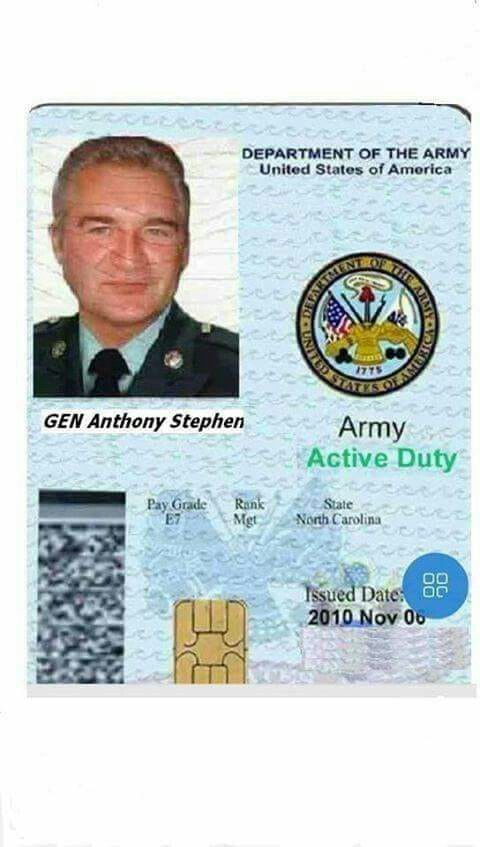 You pay, and the fine is still in your debt. Public services do not have this problem.
You pay, and the fine is still in your debt. Public services do not have this problem.
Registering on the public services website is simple: you need passport data and a SNILS number. SNILS is a green laminated card, you should have done it at the university or at your first place of work.
If you like everything new, try the new version of public services, it's convenient: http://beta.gosuslugi.ru.
You will also need to go to one of the service centers (https://esia.gosuslugi.ru/public/ra/) to check your identity there. It's easier than it seems: when I was registering for public services, I went to the Rostelecom office near my house, and there a teller registered me in half a minute in a completely empty room.
What to do: register on the portal http://gosuslugi.ru or http://beta.gosuslugi.ru. Go to the post office or Rostelecom for five minutes
Savings: at least half the time to communicate with the government on any issues
2. Get registered to do everything faster
Life is simplified with a stamp in your passport or with a certificate of registration. According to the Constitution, you can freely move around the country, live and work wherever you want. However, the state still wants to know where you live. This is necessary to calculate the load on local clinics, schools and departments (and to make it easier to find you for debts). Therefore, we are asked to register where we now live.
If you are registered, then you are, as it were, “at home” in this area: you can easily register at a local clinic, get a license at the local traffic police, get a foreign passport at the local FMS, open an individual entrepreneur at the local tax office, etc.
If you are not registered where you live (for example, you have a permanent registration in one city, but you live in another), then everything is much more complicated. You will get a foreign visa not for a month, but for four months. They may not be able to get a job. Rights will definitely have to get in your hometown. You will not be allowed to enroll in a public kindergarten.
They may not be able to get a job. Rights will definitely have to get in your hometown. You will not be allowed to enroll in a public kindergarten.
In general, living without registration means always getting money and spending a lot of time on everything.
You just need to get together one day and register. It's worth it.
If you are renting, make a temporary registration. The most difficult thing here is to convince the owner to come to the office of the Federal Migration Service with documents. Tell him that with registration you will be tied to his apartment and will not want to change housing.
Generally speaking, your landlord is required by law to register you. But starting a conversation with the law is a bad idea, just turn the person against you. To begin with, convince him that it will be useful to him.
If you live in your own apartment, everything is simpler: go to the Federal Migration Service with your passport and apartment certificate and put a stamp in your passport. It's a matter of the hour and it just needs to be done.
It's a matter of the hour and it just needs to be done.
Registration alone will solve many of your problems. You can quickly draw up any documents, enroll your child in kindergarten, contact the clinic without any questions.
What to do: go to the Federal Migration Service or send the owner of the apartment there
Savings: on an infinite number of documents in the future. Registration is faster and easier
3. For men: close the question with a military ID
According to the law, after university you must have a military man. But in fact, many people forget to do it, do not come to the military registration and enlistment office, remain with an expired registration, etc. This is a big mistake.
Let's say you don't need a military ID right now. You received a deferment from the army, went to work, and somehow the military registration and enlistment office did not touch you. It seems that if necessary, you will always come to the draft board and issue a military man, but for now there are more important things to do.
But if you go to apply for a foreign passport, then you will definitely need a military man or a registered one. I'll have to go to the military registration and enlistment office, spend two or three days on a medical examination and examination. If you unlearned and left to work in another city, you will either have to return home or register with another military registration and enlistment office. This is all quite a long time, and taking into account the general nervous situation in the military registration and enlistment office, it is also not always pleasant. If you are a man and do not have a valid military ID, get one today. If there is a military man, check that all the marks there are valid and that you are registered with the required military registration and enlistment office.
You will need a military officer when applying for some jobs, especially in state institutions and near-state structures. According to the law, a military man is needed when applying for any job at all.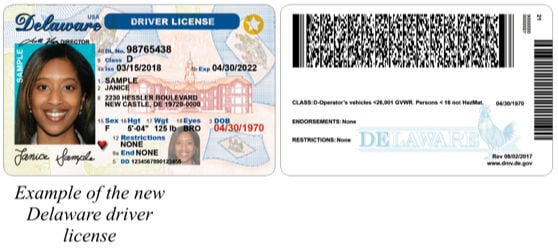 But in practice, many companies remember this only on the eve of the next audit. Therefore, you may need a soldier SUDDENLY and it is not known what threatens his absence.
But in practice, many companies remember this only on the eve of the next audit. Therefore, you may need a soldier SUDDENLY and it is not known what threatens his absence.
What to do: pluck up courage and get an active military man (preferably do this between calls)
Save: a lot of time and effort when applying for a job and applying for a foreign visa
4. Take a photo of all documents
Make scanned copies of all important documents: passport, international passport, TIN, SNILS, work book. Put it in the cloud so you can access your documents from any computer or phone. If you don’t have a scanner at hand, take a picture of the documents on your smartphone, this is also good.
This way documents will never get lost. If you start filling out any form on the Internet, all the necessary data will be at hand. If you need to send copies of documents on the public services portal, you don’t have to run to the scanner - everything is ready, you just need to attach the files. I have a folder with documents on my computer, and I go into it every 2-3 months - every now and then I need to send something to someone.
I have a folder with documents on my computer, and I go into it every 2-3 months - every now and then I need to send something to someone.
What to do: take pictures of all important documents with your smartphone
Savings: it will be easier to send your details to everyone, sign contracts, get a job, draw up paperwork
mobile application of public services. The beauty of the application is that it itself looks for your fines, tax debts and before the court in the background. If suddenly a crazy fine or some kind of tax delay appears in some database, the application will immediately tell you about it.
This is especially true if you do not live in the place of your permanent registration and drive a car. She is registered with you, relatively speaking, in Rostov-on-Don, and you drive her in Moscow. Fines come to Rostov, you do not receive them, they accumulate, new fines are added to them, and it all ends with bailiffs starting to look for you. To avoid this, just install the application and register. It's a matter of a minute.
To avoid this, just install the application and register. It's a matter of a minute.
(screenshots)
What to do: download the application and register - https://beta.gosuslugi.ru/information/mobile
Savings: on fines and debts. The tax authorities, the traffic police and the courts will not be able to impose additional penalties and fines on you, because you will pay everything on time.
Do everything in advance and avoid paperwork
So, here are my five tips:
1. Create an account on the public services portal.
2. Register.
3. Close the issue with the military ID.
4. Take a photo of the documents.
5. Install public services applications. »
Sasha's main advice is to take care of the documents in advance. It is difficult to decide on this, because there are always better things to do. But when you urgently need to make a passport, you will thank yourself for the timely registration.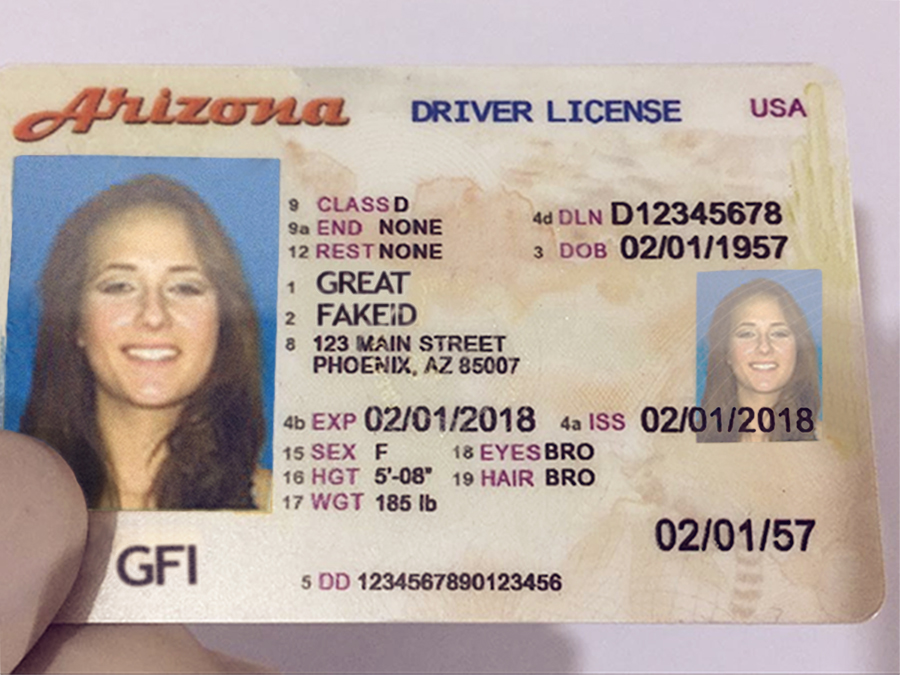 Don't leave documents for later.
Don't leave documents for later.
The second piece of advice is to do everything you can electronically. State agencies like to deal with your documents no more than you do: they are not interested in driving you from office to office, checking papers ten times. The ministries are just waiting for the documents to be processed by robots via the Internet. Therefore, wherever it is possible to make documents electronically, do them electronically. In any unclear situation, open public services. It's easier than it looks.
a) by age;
b) due to disability;
c) on the occasion of the loss of a breadwinner.
If you are entitled to receive pensions for several reasons, then you need to choose the appointment of only one type of pension.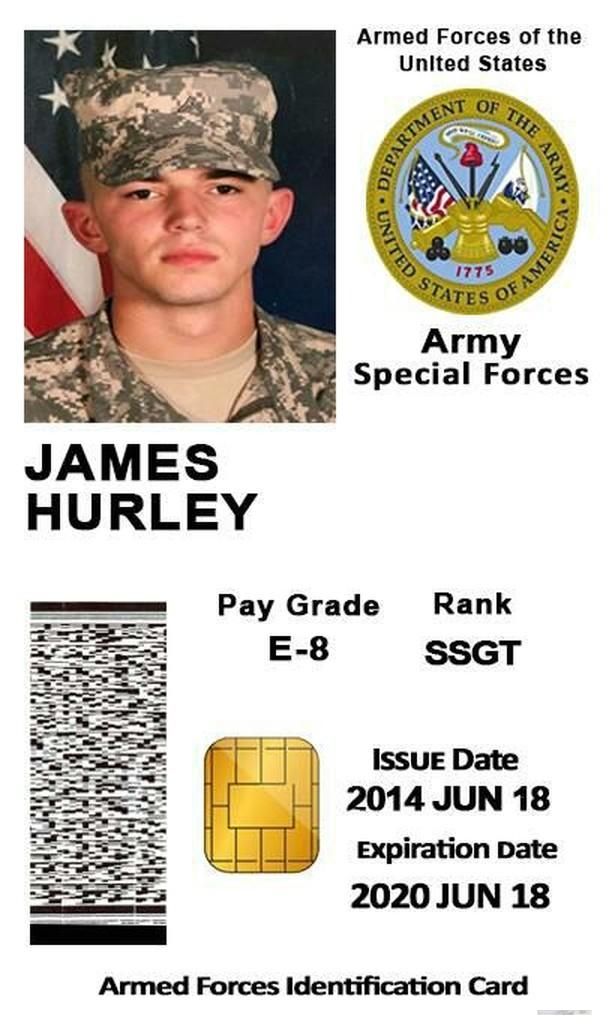
If you are entitled to an old-age pension under List No. 2, for special working conditions, or you have completed the required length of service in the textile industry, you need to apply for a pension to the administration of the enterprise at the place where most of the benefit period was earned.
The day when the insured person applies for a pension is the day when the district / city department of the Social Fund receives an application for a pension with all the necessary documents.

So, citizens have the right, 6 months before the retirement age, to submit for consideration to the territorial bodies of the Social Fund the documents necessary for the appointment of an old-age pension, including on preferential terms.
To assign an old-age pension on a general basis, the applicant provides the main documents: passport, work book and information about the amount of salary for any 60 months of work before 1996.
In the presence of other documents on insurance experience, the applicant can also submit a diploma of graduation from a secondary specialized or higher educational institution, a military ID, for women - a birth certificate for children.
If the applicant does not have these documents or is unable to submit them, the applicant must indicate on the application form the period of study or military service, the name and location of the institution.
The rest of the obligations to confirm the payment of insurance premiums for other periods of employment, as well as the request for clarifying information in the event of inaccuracies in the records of the work book, are assigned to the Social Fund and its regional bodies.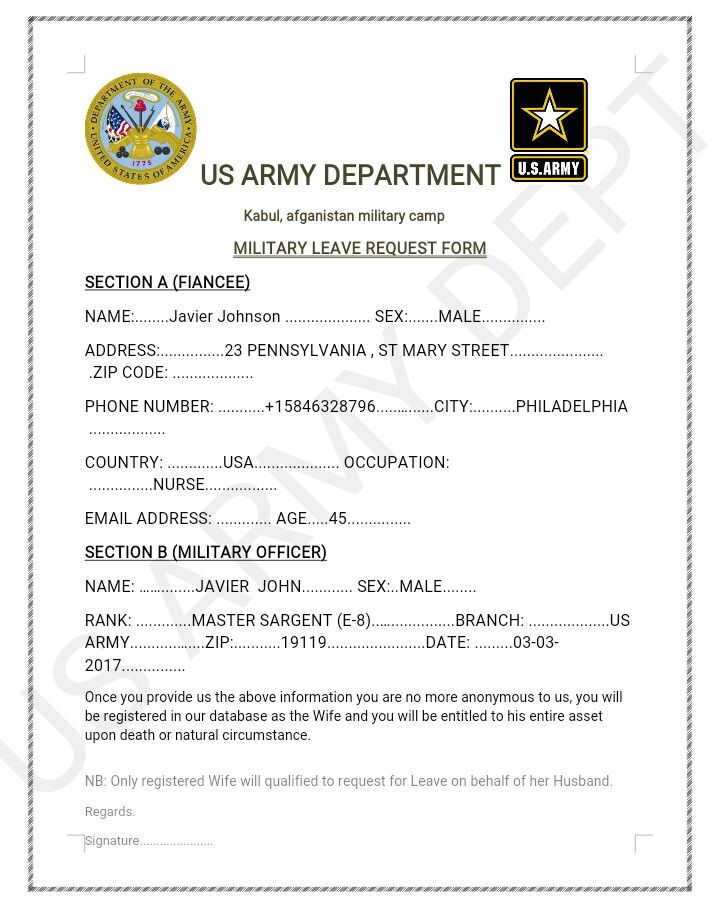
Inaccuracies in the work book entries include:
- discrepancies in the spelling of the last name, first name, patronymic (if any) and date of birth in the work book and passport;
- the absence of the seal (stamp) of the employer and the signature of the responsible person, the date of admission and dismissal in the work book;
- discrepancy between the name of the employer's organization in the entry of the work book and the seal (stamp) of the employer's organization certifying it;
- the absence of the name of the position held by the applicant in the records of the work book.
If there are no records in the work book about certain periods of labor activity before the introduction of personalized accounting on January 1, 1996, archival certificates or documents confirming the insurance period from insurers or competent authorities are accepted for calculating the insurance period.
In the event that the labor activity was carried out on the basis of an employment contract, contract or other agreements with the employer, the entire period of such activity is included in the insurance experience, subject to the payment of insurance premiums.
In the absence of information on personal insurance accounts after the introduction of personalized accounting (after January 1, 1996) for certain periods of employment, the Social Fund requests information from employers and competent authorities on the payment of insurance premiums with subsequent payment to personal insurance accounts.
